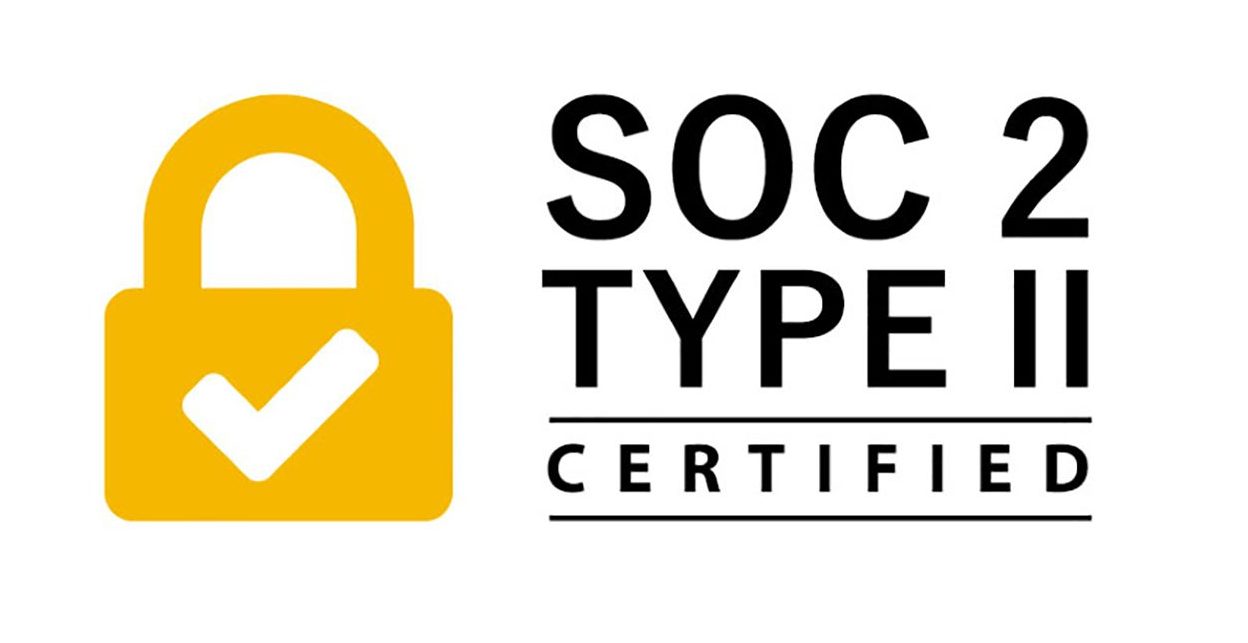
When organizations hire software as a service (SaaS) firms or any third-party service providers that handle data, they assume some degree of risk. For this reason, many companies assess the risk associated with service providers before awarding contracts. In such cases, businesses select vendors with service organization control (SOC) reports or present detailed compliance questionnaires.
SOC reports act as proof of compliance with control requirements stipulated by the American Institute of Certified Public Accountants (AICPA). Some core business functions that require SOC-compliant vendors include medical claims filing and payroll processing. Handling sensitive financial or medical data entails high levels of trust.
Sean Connery provides IT services in Las Vegas with Orbis Solutions and outlines what businesses need to know about SOC 2 compliance.
SOC 2 Reports
SOC 2 assesses non-financial controls based on five key aspects: data privacy, processing integrity, availability, data security, and confidentiality. The report can focus on one aspect, such as data security or multiple categories, depending on a service organization’s requirements. SOC 2 is widely adopted by vendors whose operations involve processing and storing sensitive client data.
SOC 2 Type 1
This sub-category deals with a service provider’s data handling policies and security system. In addition, it focuses on the applicability of its design controls. The report outlines the vendor’s current measures based on the documentation reviewed by a SOC auditor. Design efficiency is a critical component of the controls.
Organizations interested in outsourcing to the vendor can assess compliance based on the report. SOC 2 Type 1 helps companies determine how the service provider handles clients’ sensitive information. For instance, a healthcare firm can assess a cloud computing service provider’s current system and controls before signing on the dotted line.
SOC 2 Type 1 is ideal for vendors planning to have basic SOC compliance. Type 2 is a step above Type 1, and it requires more effort and time to complete. The latter is less expensive, and it requires basic documentation to complete the assessment. Auditors assess a service organization’s measures based on a specific period.
Companies can choose a vendor with a specific report type, depending on the services rendered and the vendor’s relationship. SOC 2 differs significantly from SOC 1 and 2 report categories. Hence, the need for service organizations to familiarize themselves with the controls and compliance procedures.
The Value of SOC 2
SaaS firms and other service providers without the SOC report often fill out several security questionnaires before working with larger companies. In most cases, the questionnaires can be time-consuming and daunting. Organizations may require comprehensive information from vendors to gauge the suitability of internal controls and systems.
The questionnaires can prove problematic if your firm has not set up relevant policies. Some questions relate to steps you would take before undergoing a SOC 2 Type 1 or 2 assessment. Hence, the need to obtain a SOC 2 Type 1 report than face detailed questionnaires.
Compliance is beneficial for your company in the long run. It allows you to prepare for SOC 2 Type 2 audits, which can help expand your firm’s opportunities. Kickstarting your SOC 2 audit readiness as early as possible gives your company a competitive edge over other vendors.
The best part about SOC 2 compliance is that you improve overall security measures. As a result, you find it easier to win new contracts, particularly with larger corporations. With SOC 2, you implement robust controls as an ongoing process instead of a one-off event. In the end, it becomes easier to forge a company culture steeped in data security and privacy.
On the other hand, service organization control reports provide a viable way to build your organization’s compliance documentation. For instance, you will understand the value of creating internal standards documentation.
In turn, you benefit from the documentation by ensuring consistency and enhancing your team’s communication.
A SOC 2 Type 1 report provides a framework for bolstering your risk management strategy. Undergoing audit assessment allows you to identify major and minor risks. Thus, you find ways to mitigate the risks.








